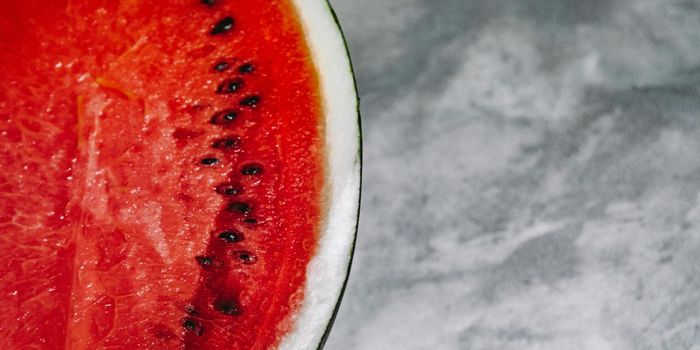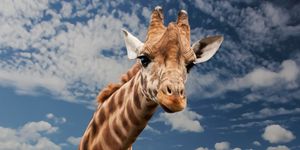Here's Why High-Speed Cameras Are Used to Film Wildlife
When watching TV shows about wildlife in its natural habitat, filmmakers for popular firms such as Animal Planet and National Geographic often showcase video clips that seem unreal because your own eyes can’t process visuals in the same way that these video clips can. In some cases, people like to say that Computer Generated Imagery (CGI) is used to produce these clips, but that’s false.
Professional videographers use a plethora of tools to make their video recordings pop, such as high-framerate video capture, slow-motion video capture, and time-lapse video capture. In doing so, TV producers can add more emphatic drama to their videos and show more of what’s happening behind the scenes that our own eyes couldn’t process in real-time otherwise.
Some examples include the slowed-down wingbeats of hummingbirds, the movements of those tiny drumstick-shaped objects near the wings on a fly, and even the sudden growth of plants despite the obvious length of time it takes for this to happen in real life.
While many of these effects are edited cinematically to fit in the allotted time for a television program, it’s worth mentioning that these are very real video clips and not CGI. In this video, you’ll learn more about how these effects are used in the wildlife filming industry and what they do to improve the end clip.








